The past couple years there have been several historic anniversaries in our area. Rockford celebrated their Bicentennial in 2020. Well, sort of. Because of the pandemic their celebration was postponed until 2021. This year Willshire observes their Bicentennial. Next year the Mercer County Courthouse will celebrate its 100th anniversary.
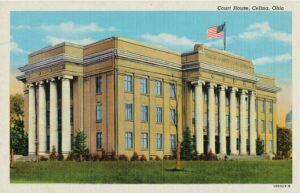
Mercer County, Ohio, Courthouse
The old courthouse was built in 1868 and stood on the northeast corner of the current courthouse block. The county eventually outgrew that structure. Plus it lacked electricity, plumbing, telephones, and modern heating. In 1920 a bond issue for $500,000 was passed for building a new courthouse. Ground was broken 19 May 1921, the cornerstone was laid 20 July 1921, and the building was dedicated 3 September 1923. Peter M. Hulsken, of Lima, was the architect. The final building cost was under budget and today it is insured for many times that amount.
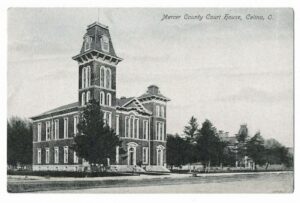
Old Mercer County Courthouse, built in 1868.
Last weekend the Mercer County Chapter of the Ohio Genealogical Society sponsored a courthouse tour. Kip Wright was our tour guide through the historic and beautiful courthouse. He pointed out some of the courthouse’s architectural elements and told interesting facts about the courthouse.
Today, some photos from last Sunday’s courthouse tour.
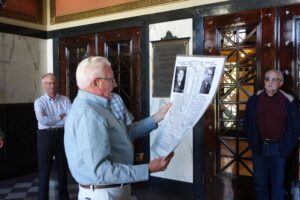
Kip Wright began the tour in the courthouse foyer

Main stairway, Mercer County Courthouse
The acoustics are amazing when standing in the center of the star. You can whisper and still be heard. Note the three levels of the building.
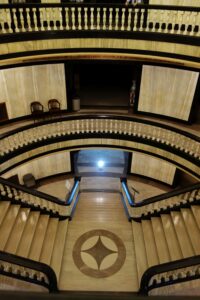
Looking down at the first landing
The courthouse ceilings are striking and I spent a lot of time looking up.

Ceiling in entrance area

The beautiful rotunda
There have been a few updates, repairs, and some redecorating over the years. Today, when painting, repairs, or basically any work is needed or desired, the work must adhere to specific guidelines because the courthouse is on the National Register of Historic Places. Paint colors must meet strict historical specifications. Wallpaper is carefully repaired when necessary.
The images on this wallpaper border have a 3-D appearance. Note some of the granite has a wood-grain appearance.

Second floor border

Border and trim on the third floor

Border and trim on the third floor

Third floor
Geologists and other visitors, children in particular, enjoy looking for fossilized shells in the interior materials.
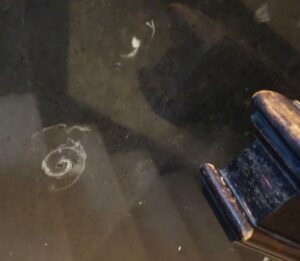
Embedded shells, millions of years old
An elaborate plaster ceiling and light fixture.

Stairway to the third floor
The Common Pleas Courtroom, third floor:
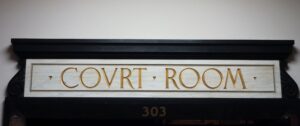
Common Pleas Courtroom
Note the letter v in place of u in the word COURT. The letters u and v were interchangeable in the ancient Latin language. Courthouses often use a v instead of a u to evoke a classical, ancient Roman aesthetic.

Common Pleas Courtroom

Common Pleas Courtroom

Jury box, Common Pleas Courtroom
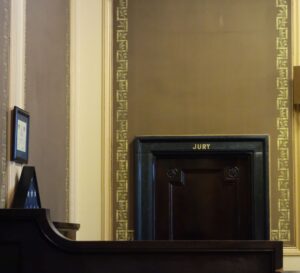
Common Pleas Courtroom
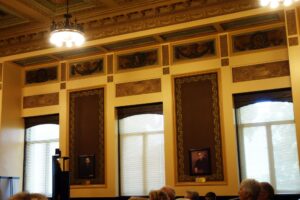
Common Pleas Courtroom
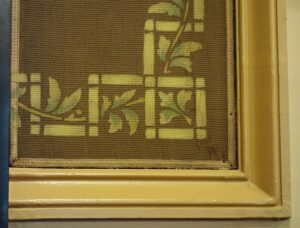
Textured wall covering, Common Pleas Courtroom

Ceiling, Common Pleas Courtroom
Juvenile Courtroom, third floor:
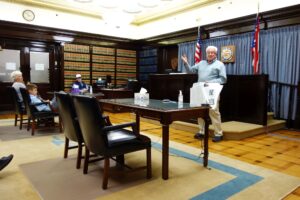
Kip Wright in Juvenile Courtroom

Ceiling in Juvenile Courtroom

Juvenile Courtroom
Visiting the Juvenile Courtroom made me think of when, about 24 years ago, son Jeff appeared in that very courtroom for a minor traffic violation. I accompanied him and it was a learning experience that turned out well for Jeff, but we both remember a side-story to the event. I had previously scheduled an appointment for Glamour Shots to be taken earlier that morning. The Glamour Shots lady made up my face with lots of pancake makeup and styled my hair in a poofier coiffure than I usually wear. Let’s just say that I did not look like my usual conservative self for the photos. There was not much time between the two appointments and I went straight to the courthouse after the photos were taken. When I arrived at the courthouse Jeff was waiting for me in the hallway outside the Juvenile Courtroom and was shocked to see my altered appearance. I was a little uncomfortable being out in public all made-up, let alone sitting before a judge. Jeff and I still laugh about the way I looked that day.
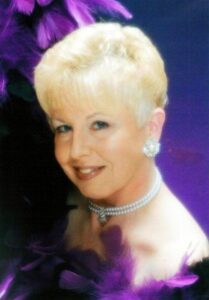
Glamour Shot photo, 1998
To be clear, I did not wear the feathers and jewelry into the courtroom. They were provided by the Glamour people.
If you get the chance, I encourage you to visit our courthouse and take in its beauty. I have visited nearly a dozen courthouses and this is probably the most beautiful and well-kept courthouse I have been in.
Or, consider taking a courthouse tour. They will be offering tours during the upcoming 100th anniversary year.

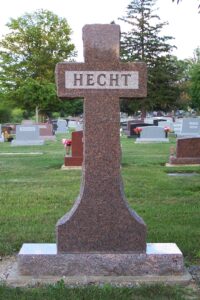
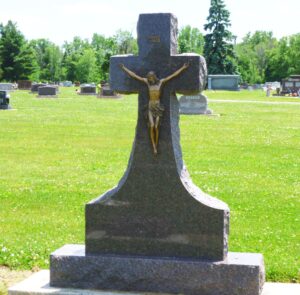
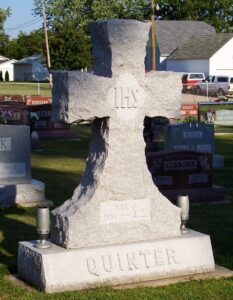
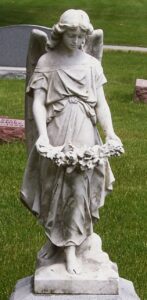
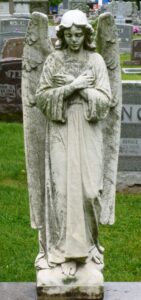
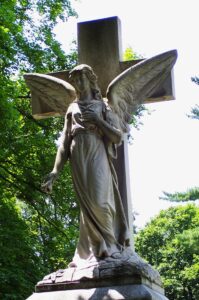
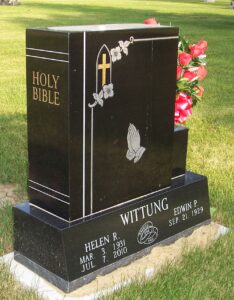
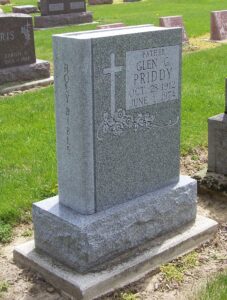
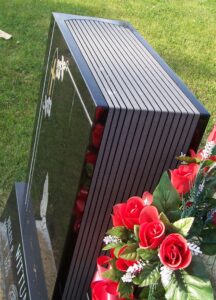
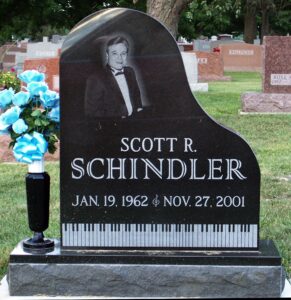
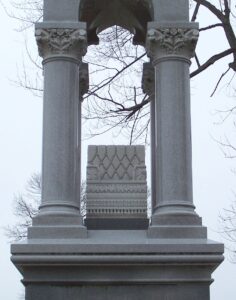
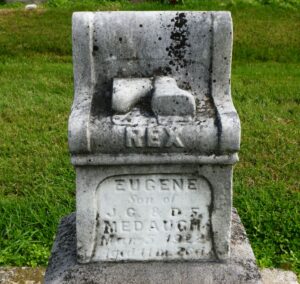
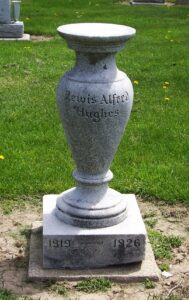
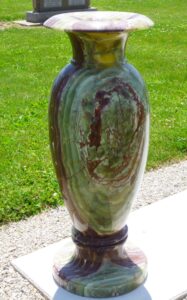




















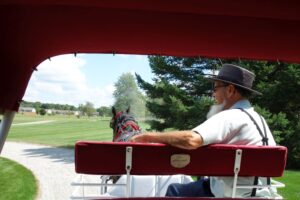

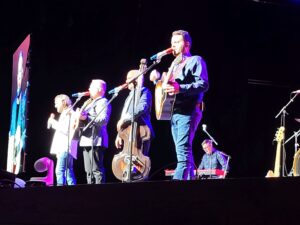
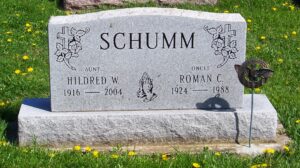
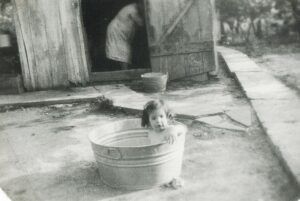
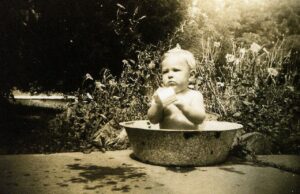
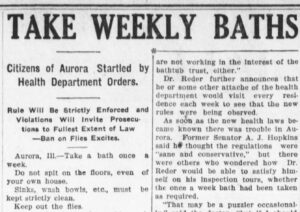
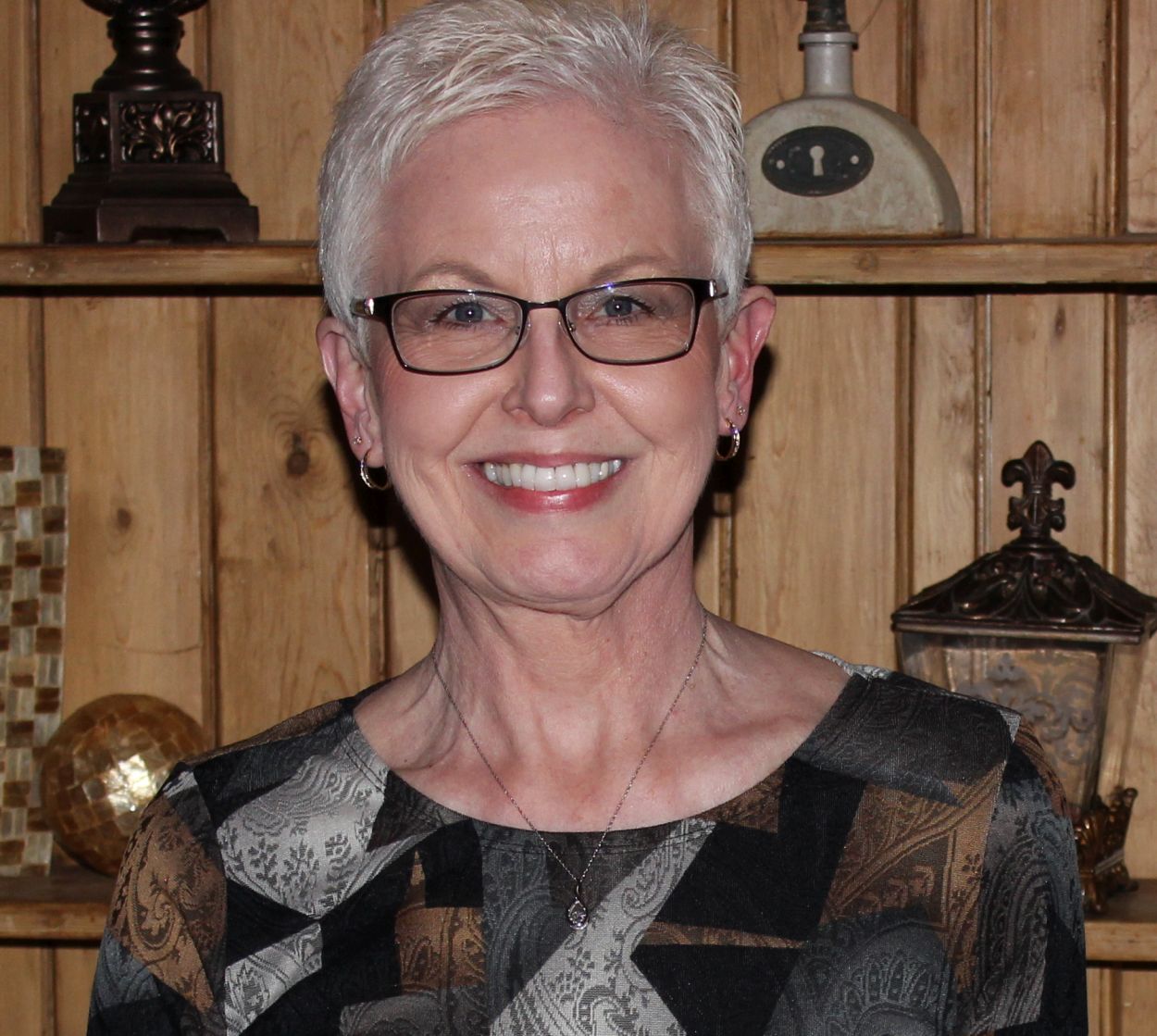



You're welcome, Karen. I'm still working on this also. Thank you so much for all of your wonderful Mercer County…
Very interesting and great picture (I had neersee before) of the church! Thanks for sharing this, Karen.
Ha! I see why you say that. Your original surname was probably something similar to Schmitt.
Thank you for letting me know.
I guess he could have picked a worse name lol, Thanks Karen